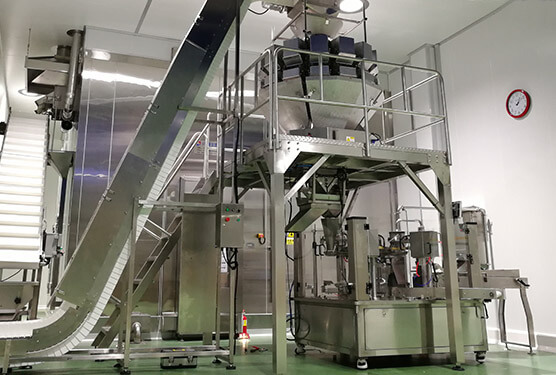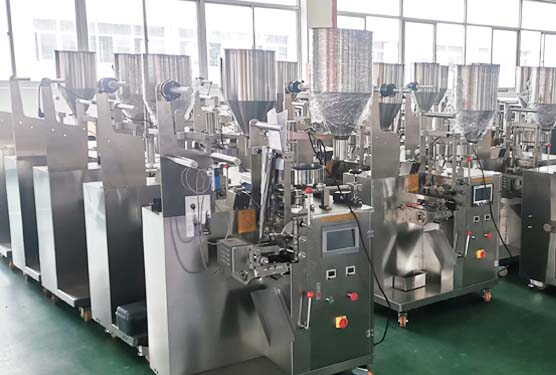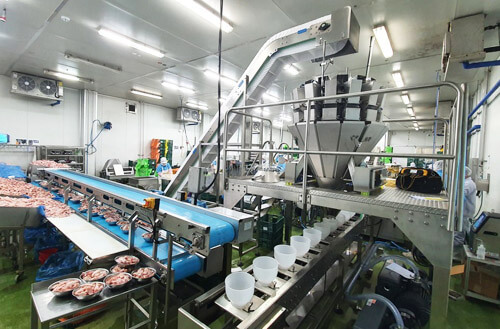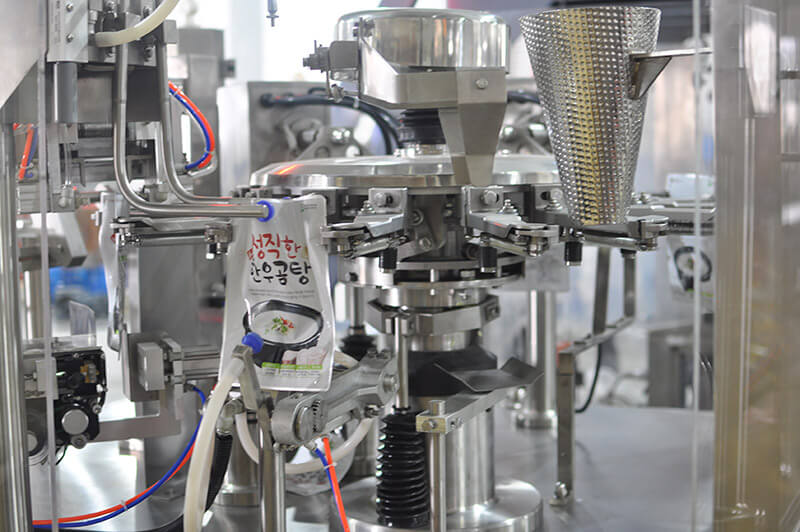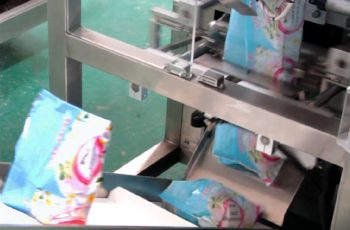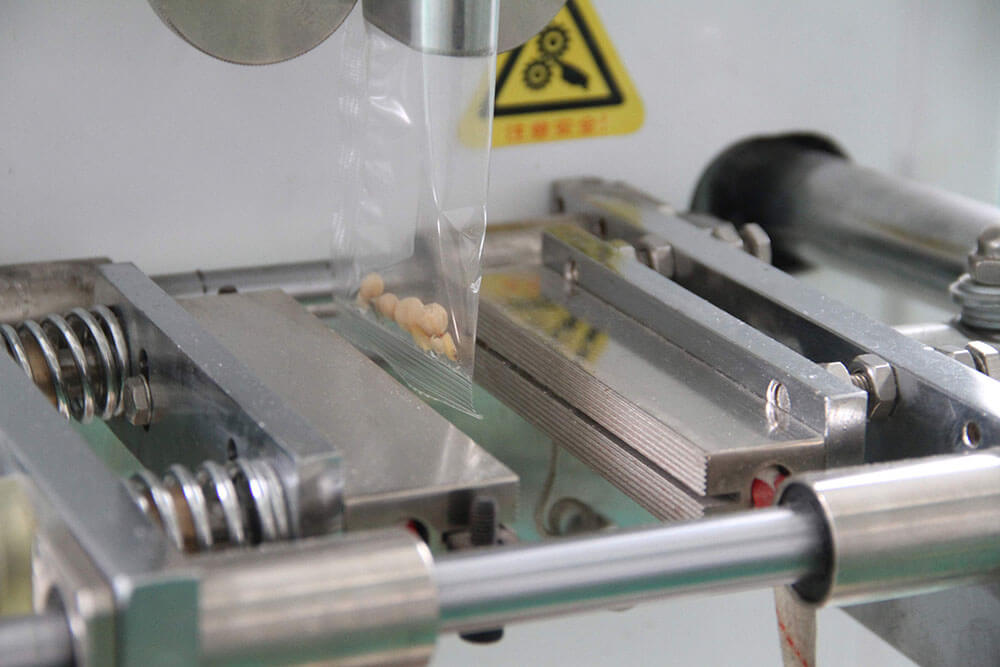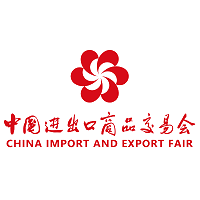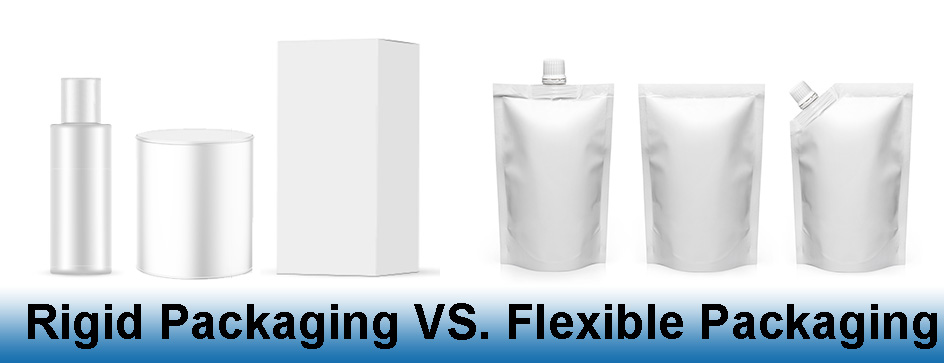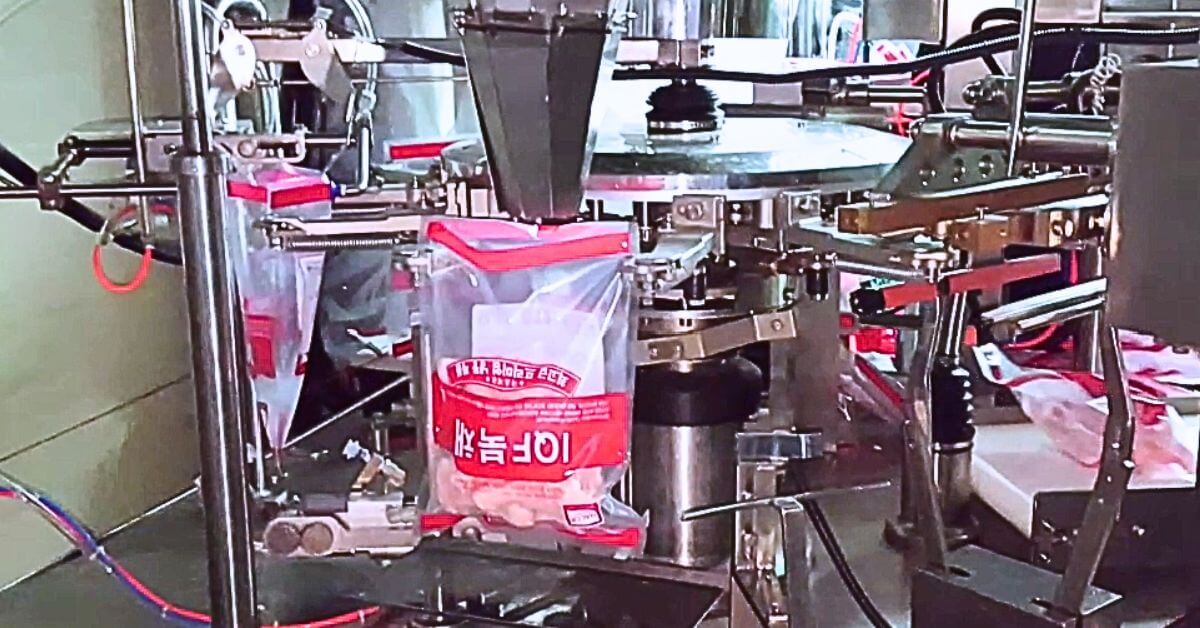The development of tea bags has a rich history, evolving from the early paper and silk tea bags to today’s PLA and Soilon tea bags. There are now many types of tea bags available on the market. The tea bag packaging industry is developing at a rapid pace. Let me take you to explore them and the tea bag production process.
The History of Tea Bags
The history of tea bags dates back to 1901 when Roberta Lawson and Mary McLaren patented a tea “tea-leaf holder.” However, Thomas Sullivan accidentally sent tea samples in small silk bags in 1908. Today we have all kinds of tea bags which are widely used for their convenience.
Types of Bags Popular Nowadays
Round Bags
They are classical, easy to use and they are economical and practical. It is made in a round shape, often choosing filter paper or non-woven fabric as its material. However, it has a small space to contain tea leaves compared to other types of tea bags. It may affect the infusion and the texture.
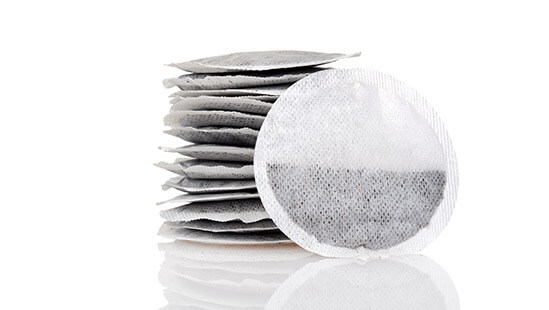
Pyramid Bags
The pyramid bag is very popular in recent years. It is made in a pyramid shape that can provide tea leaves more space and people love their shape. It provides better infusion and allows a strong flavor due to its large space and its mesh materials. They also have a faster brewing time. The elaborate appearance attracts people to put fine tea leaves in it. People love this design.
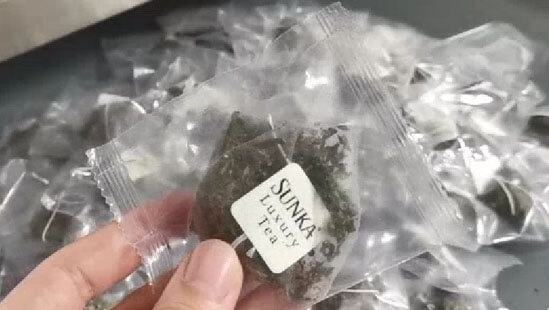
Sachets
Tea Sachets Packaging is made of porous materials. It has a large space that allows a better infusion and a robust flavor. You must love it if you are a loose tea leaves lover.

Mesh Bags
Mesh Bags are made from mesh materials. It is transparent and has excellent breathability, giving a better infusion.
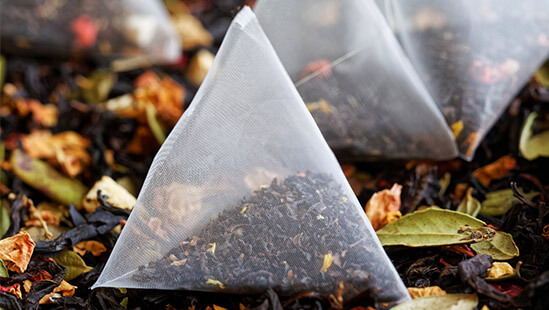
Common Materials of Tea Bags
Paper
Paper tea bags have a long history. Cheap and easy to manufacture. However, it is vulnerable and easy to tear apart.
Silk
Silk tea bags are fancy tea bags. They are expensive, ready for high-grade tea. But their structures are stronger than paper, hard to break. They may have some bad influence on the environment.
Filter paper
They are made from Filter paper. They are inexpensive and have a large variety of shapes and sizes. And they are porous, giving a better infusion and brewing rapidly. They also have good particle retention. However, they are easily torn apart and have limited space, which affects the infusion. Also, they are opaque, which means you can’t get the sight of the tea leaves.
Non-Woven Fabric
Non–Woven Fabric tea bag is a type of tea bag made from Non-Woven Fabric materials. It is strong and resistant to tearing. It has good porosity and excellent permeability, which makes it more effective. But it is kind of expensive.
Nylon
It is a strong material and it is durable, which makes the tea bag intact and resists tearing. But it isn’t biodegradable or compostable.
Soilon
It is an eco-friendly material, it is biodegradable and compostable. In a word, it is an eco-friendly tea bag packaging. But it is kind of expensive. How to save money becomes a problem.
Polylactic Acid
The use of polylactic acid (PLA) in tea bags is growing due to its environmental benefits and biodegradability.
PLA is a biodegradable material made from renewable resources like corn starch.
It has good breathability and permeability. Although PLA is biodegradable, it requires specific industrial composting conditions to degrade effectively. And it is kind of expensive.
Biodegradable Mesh
A biodegradable mesh tea bag is a type of tea bag made from materials that can naturally decompose over time. The durability and strength of biodegradable materials are lower than traditional plastics. And It is more expensive.
How are Tea Bags Made?
We usually use Tea Bag packing Machines nowadays.
But first, you need to select the tea leaves that you desire and the materials for the tea bags. Paper, silk, soilon and so on.
Then use the machine to weigh tea leaves for each tea bag.
After that, use the machine to blank the tea leaves to the material that forms the tea bag. Use heat sealing, ultrasonic sealing, and or stitching to prevent tea leaves from falling out.
Then packaging the tea leaves automatically according to their desired shape. Finally, cut it accurately to its desired size by the machine.
Future Trends in Tea Bags Packaging
The Tea Bag market is always changing. People are increasingly concerned about the environment. More and more improvements and innovations would appear in the tea bag packaging area.
Eco-Friendly Materials
As people’s awareness of environmental protection increases, people are paying more attention to the research and development of environmentally friendly materials. Sustainable and biodegradable materials for tea bags are favored.PLA, Soilon, and Biodegradable Non-Woven Fabrics would be used more in tea bag area.
They are researching Plant-Based Plastics and Edible Packaging now. Reducing the amount of tea bag materials is also a part to concern about.
Freshness
The freshness in tea leaves is definitely a great concern in tea bag packaging. The freshness would be affected by exposure, sunshine, and moisture. Therefore, improving the sealing technologies and researching new materials become necessary.
Convenience
The original design for tea bags is just about convenience, this should not be ignored. Single-Serve Packaging and Pre-Measured Pods come into view. And there are specially made boxes with a small opening each that you can take a sachet with at any time.
Personalized Packaging
As the Customization trend begins to emerge. Consumers may choose the type of design of tea leaves, even the materials in the future. Some tea bags even have the customer’s name or their motifs.
Conclusion
From traditional paper tea bags, and silk tea bags to filter paper tea bags, and non-woven tea bags. From the initial handmade to today’s fully automated machine production. Changes in tea bag styles have not only affected people’s tea-tasting experience but also the flavor of the tea.
Today, tea bag manufacturers need to consider the practicality, aesthetics, and environmental impact of tea bags. All in all, the design of tea bags always has to adapt to the development of society.
FAQs
Which kind of tea bags best maintain tea bags’ freshness?
Foil-lined or vacuum-sealed tea bags best maintain freshness.

